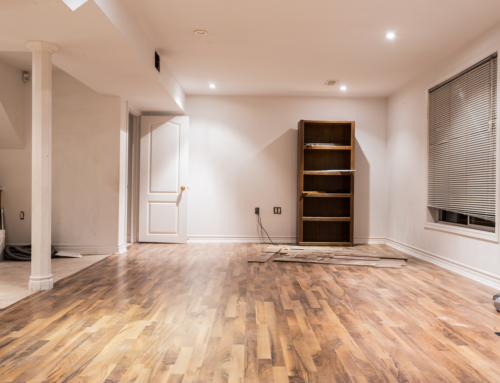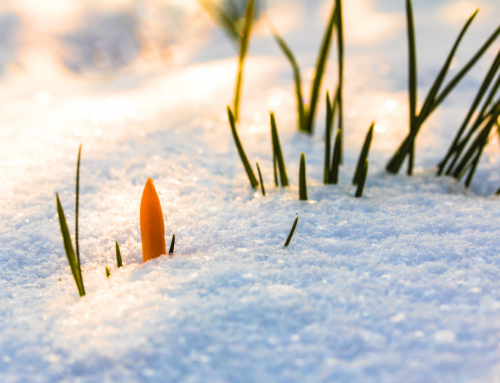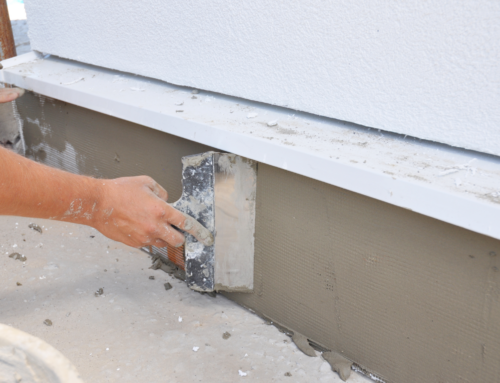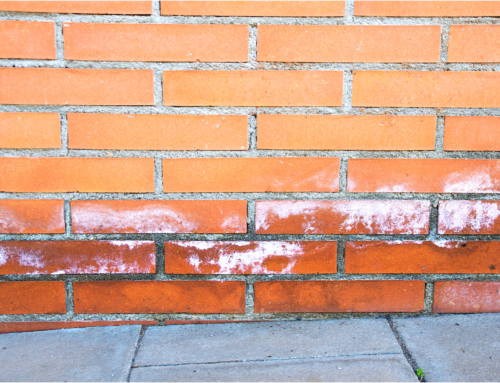If your basement floods, your priority is to remove the water and dry the area out. However, once the water is gone, one of the most important things to do after basement flooding is to check for any signs of mold or fungus. Getting mold under control early can help prevent a more significant problem further down the line.
Identifying a problem with mold
Dark patches and spores and a surefire indicator that there is mold present in your home, but it isn’t always as easy as you would think to identify mold in your home.
There are over 100 types of mold, and each of them poses different threats and problems for the health of your family – and potentially even the structural integrity of your home.
Mold from basement flooding
Mold can be present even if you haven’t experienced a flooded basement. Leaks, damp and poor ventilation can all create a mold problem because it thrives in damp and humid environments. However, after basement flooding is a very common time to develop a mold problem.
Any wet materials such as cardboard, carpets, wallpaper, and upholstery can harbor mold, especially if there is also humidity. That’s why it’s crucial to thoroughly clear out your basement after any flooding and ensure everything is cleaned, sanitized, and dried.
If you do find mold in your home, regardless of the cause, it’s important to know how to get rid of it effectively and how to sanitize your home correctly to prevent future growth issues.
Why is mold such a problem?
As mold grows, it releases spores into the air, which you and your family could inhale. This can lead to symptoms similar to allergies, including a runny nose, itchy eyes, and sneezing. Even worse, mold can trigger asthma attacks in people with asthma
It’s not just harmful to your health. Mold can also eventually destroy the surfaces where it is present. One particularly damaging strain of mold is Serpula Lacrymans. This yellow mold is also known as dry rot. Left untreated, it will decay the wood.
How to get rid of mold after basement flooding
If you find signs of mold on soft furnishings or carpets, it’s better to remove and replace those items. On hard surfaces, there are various products that you can buy to help remove the mold. It’s important to kill the mold completely, and not just clean it. Mold can still survive even after bleaching, so make sure that the products you are using will eradicate it, and always follow the instructions and ensure the area is well ventilated.
If tackling it yourself sounds daunting, then you can always bring in the professionals for mold remediation.
Preventing future mold issues
There are lots of ways you can prevent mold from recurring. Proper ventilation and dehumidifiers can help make the area inhospitable to mold. Carry out regular inspections to watch for any signs of mold and treat it immediately. And if you’ve experienced basement flooding, then it’s a must to invest in proper basement waterproofing to stop it happening again.
At Affordable Waterproofing, we have been handling basement waterproofing and mold issues for more than 30 years. We even offer a lifetime guarantee! If you need help with a basement flooding or mold issue, then contact us today.







Leave A Comment